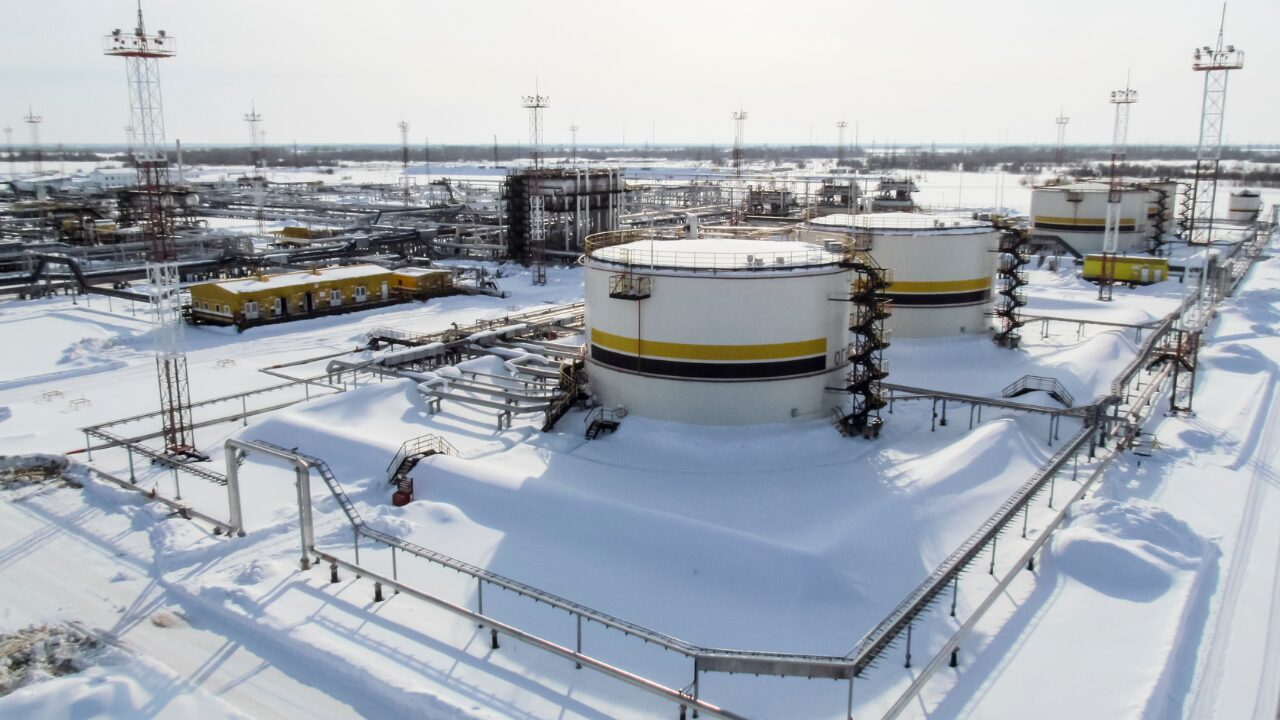Date first published: 06/03/2018
Key risks: frustration of process; contract frustration; credit risk
Key sectors: energy
The Chinese government has an option to buy a 14.16 per cent stake in Rosneft for US$9.1bln. This is possible thanks to the takeover of CEFC China Energy by Shanghai-government owned portfolio and investment agency Guosheng Group, a move that occurred in mid-February but which was only reported on 2 March. It was only last September that CEFC’s investment in Rosneft was first announced.
It appears likely, but not certain, that the deal will go ahead. CEFC’s investment initially aimed to close by the end of 2017. However, and the firm was reportedly in talks with Russian state-run bank VTB about securing a US$5bln loan to do so that October. CEFC’s purchase is nominally from commodities trading giant Glencore and Qatar’s Investment Authority.
However, Qatar and Glencore’s investment faced challenges from the onset, partly over claims that the pair were merely acting as temporary custodians for the Russian state. Ultimately, it was revealed that VTB provided more than EUR10bln in financing for the deal, at least initially. Eventually Rosneft was able to secure Intesa San Paolo’s support, to the tune of EUR5.2bln.
For Rosneft, the deal with CEFC made geopolitical and strategic sense. China’s large-scale buying of crude for its strategic reserve has been among the most important factors in global energy markets in recent years and CEFC had grown at an impressive rate. The geopolitical angle appeared further secured by CEFC founder Ye Jianming’s ties to the Chinese military.
Rosneft does, however, face financial challenges. It was decoupled from Russia’s sovereign credit rating in S&P’s latest Russian ratings review, with the agency maintaining its BB+ rating on 27 February despite upgrading most other sub-sovereigns to BBB- on the back of its earlier sovereign upgrade. The ratio of the firm’s current assets versus current liabilities fell to 52 per cent from 117 per cent in the year between September 2016 and 2017. By the end of 2017, Rosneft had added 1 trillion rubles (EUR14.4bln) in new debt, its largest borrowing year on record.
2017 was a wise year for a Russian sub-sovereign to go on a borrowing spree. Russia’s baseline long-term borrowing costs fell dramatically throughout 2017 amid the global bull market in emerging market debt. The yield on Russia’s 10-year bonds is now less than one per cent off the all-time low of 6.26 per cent.
Despite Rosneft’s repeated denials and the strong credit environment, sanctions clearly impacted its ability to secure financing, as Intesa’s reported inability to syndicate its aforementioned loan demonstrates. Rosneft’s 2017 debt issuances also were almost entirely on Russia’s domestic bond market, which has yields higher than dollar or euro debt markets. Western banks have even reportedly refused to finance Rosneft’s new Indian subsidiary, Essar, perhaps due to claims by another senior Russian official that the deal was structured to evade sanctions.
Beijing will likely support CEFC’s Rosneft tie-up. Even if CEFC’s overseas debt-fueled investment phase is likely over, Rosneft will be keen to retain it as a partner, particularly if its take-over by the Chinese state is made permanent. A decision to cancel the deal would send a shock through the two countries’ bilateral relationship and risk shifting the market narrative around Rosneft firmly onto its growing debt and its concentration within Russia. But China is aware of this and will seek to balance its geopolitical interests with its economic ones.



